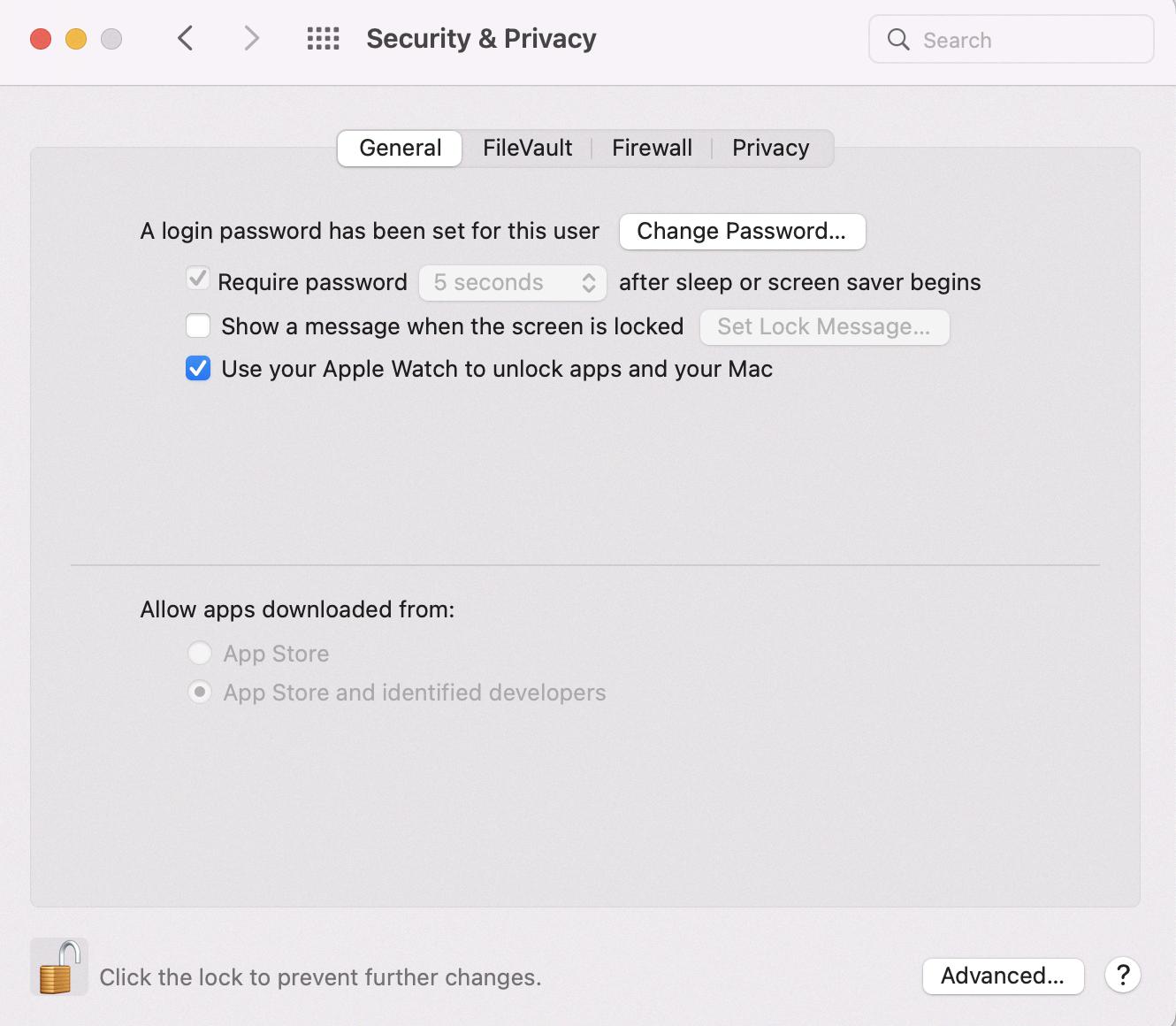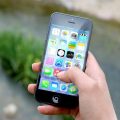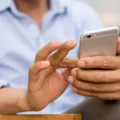Security and privacy are essential aspects of our digital lives. We rely on our devices and apps to keep our personal information safe and secure. However, sometimes we may encounter situations where certain security and privacy settings on our Mac or Android devices are greyed out, preventing us from making necessary changes. In this article, we will explore the reasons behind this issue and provide possible solutions to resolve it.
Let’s start with Mac devices. If you find that some security and privacy panes are greyed out on your Mac, it is likely because they are locked and require administrative access to make changes. To unlock these settings, simply click on the padlock icon located at the bottom of the pane. You will then be prompted to enter your administrative password. Once entered, the padlock will unlock, allowing you to make the desired changes.
Now, let’s move on to Android devices. If you notice that certain apps are greyed out on your Android device, there could be a few possible causes for this issue. Firstly, it may be due to a problem with the device’s software. In such cases, it is recommended to update your device’s operating system to the latest version, as this can often resolve software-related issues.
Secondly, the problem could lie with the app itself. It is possible that the app is experiencing a temporary glitch or bug, causing it to appear greyed out. In this case, try force stopping the app and clearing its cache. If the issue persists, consider uninstalling and reinstalling the app to see if that resolves the problem.
Lastly, the issue could be related to your Google account. Make sure that you are signed in to your Google account correctly and that there are no authentication or synchronization issues. If necessary, sign out and sign back in to your Google account to refresh the connection.
It is important to note that app icons or tabs may turn grey when they are sleeping on Android devices. This is a normal behavior and indicates that the app is in a suspended state to conserve battery and resources. When you return to a sleeping app, it will load back in and return to its normal, colored state. If you prefer, you can disable the sleep indicator in your device’s settings.
Encountering greyed out security and privacy settings on your Mac or Android device can be frustrating, but it is usually a solvable issue. By unlocking the settings on your Mac and troubleshooting potential software, app, or account-related issues on your Android device, you can regain control over your security and privacy settings. Remember to always keep your devices and apps up to date and ensure that you are signed in correctly to your accounts.
Why Is Security And Privacy Greyed Out On Mac?
Security and Privacy settings on a Mac can sometimes appear greyed out, meaning they cannot be changed or modified. This occurs due to various reasons, including system restrictions and user account permissions. Here are some possible causes:
1. Administrative Access: Some security and privacy settings require administrative access to make changes. If you are logged in as a standard user, these options may be locked. To unlock them, you need to click on the padlock icon at the bottom of the preferences window and enter the administrative password.
2. System Integrity Protection (SIP): SIP is a security feature introduced in macOS El Capitan and later versions. It restricts modifications to critical system files and folders, including certain security settings. As a result, some options may be greyed out to protect the integrity of the system. Disabling SIP is not recommended unless you have a specific need and understand the potential risks.
3. Parental Controls: If the Mac is configured with parental controls, certain security and privacy settings may be restricted for specific user accounts. This is done to ensure a safe and controlled computing environment, especially for children. To modify these settings, you may need to log in with an administrator account or contact the administrator for permission.
4. Device Management Profiles: In some cases, if your Mac is enrolled in a device management program such as Mobile Device Management (MDM), certain security and privacy settings may be managed centrally by the organization. This helps ensure compliance with company policies and prevent unauthorized changes. If you need to modify these settings, you may need to contact your IT department or system administrator.
5. Third-Party Software: Occasionally, third-party software or utilities installed on your Mac can conflict with the security and privacy settings, causing them to be greyed out. In this case, try disabling or uninstalling any recently installed software to see if the issue resolves.
To summarize, Security and Privacy settings can be greyed out on a Mac due to administrative access restrictions, system integrity protection, parental controls, device management profiles, or conflicts with third-party software. By understanding these reasons, you can troubleshoot and resolve the issue accordingly.

What Does It Mean When Apps Are Greyed Out?
When apps are greyed out on your Android device, it typically means that you are unable to access or use those apps. This can be quite frustrating, but there are a few potential reasons behind this issue:
1. Software problem: Sometimes, greyed-out apps can be caused by a software glitch on your device. This could be due to a recent software update or a compatibility issue between the app and your device’s operating system. In such cases, a simple solution can be to restart your device and check if the apps are still greyed out.
2. App problem: Another possibility is that the app itself is experiencing a problem. This could be due to a bug in the app or a conflict with other apps installed on your device. In such cases, you can try uninstalling and reinstalling the problematic app to see if that resolves the issue.
3. Google account problem: Sometimes, greyed-out apps can be linked to your Google account. If you have multiple Google accounts on your device, it’s possible that the app in question is associated with a different Google account that is not currently signed in. To fix this, you can try signing in with the correct Google account or removing and re-adding the account to your device.
To sum up, when apps are greyed out on your Android device, it means that you are unable to access or use those apps. This can be caused by a software problem, an issue with the app itself, or a problem with your Google account. It’s recommended to try restarting your device, uninstalling and reinstalling the app, or checking your Google account settings to resolve the issue.
Why Are My Apps On IPhone Greyed Out?
The reason why your apps on iPhone appear greyed out is because they are in a sleeping or inactive state. This means that the app is not currently running or being actively used. When an app is in this state, its icon or tab will turn grey to indicate that it is not currently active.
There are a few reasons why an app may go into a sleeping state. One common reason is that you have not used the app for a certain period of time. In order to conserve battery life and optimize device performance, iOS will automatically put apps to sleep when they are not being used.
Additionally, if you have multiple apps running in the background, iOS may put some of them to sleep in order to free up system resources. This helps ensure smooth operation of the device and prevents unnecessary drain on the battery.
When you return to a sleeping app, it will load back in and return to its normal colored state. This allows you to resume using the app from where you left off.
If you prefer not to see the sleep indicator or the greyed out icons, you have the option to turn off the sleep indicator in your iPhone’s Settings. This can be done by going to Settings, selecting Display & Brightness, and toggling off the “Show Sleep Indicator” option.
The greyed out appearance of apps on your iPhone indicates that they are in a sleeping or inactive state. This is a normal behavior designed to optimize device performance and battery life.
Why Is Zoom Greyed Out In Security And Privacy?
The reason why the “Security and Privacy” option in Zoom appears greyed out could be due to the fact that it has been locked at either the group or account level. This means that the ability to access or modify the settings in the “Security and Privacy” section has been restricted by the Zoom administrator.
To resolve this issue and gain access to the “Security and Privacy” option, you will need to contact your Zoom admin. They have the authority to adjust the settings and permissions for different users and groups within the Zoom account.
It is important to note that the greyed out option is a security measure implemented by Zoom to ensure that only authorized individuals can modify the security and privacy settings. This helps to prevent unauthorized access or changes that may compromise the security of the Zoom account.
If you find that the “Security and Privacy” option in Zoom is greyed out, you should reach out to your Zoom admin to request access or modifications to the settings.
Conclusion
Security and privacy are crucial aspects that should not be taken lightly, whether it’s on your Mac or Android device. It is important to ensure that your devices are protected against potential threats and that your personal information remains confidential.
On a Mac, if you encounter greyed out security and privacy settings, it can easily be resolved by unlocking the padlock icon with your administrative password. This allows you to make necessary changes and customize your security preferences according to your needs.
Similarly, on an Android device, if you find that certain apps are greyed out, it could indicate a problem with the device’s software, the app itself, or your Google account. In such cases, troubleshooting steps like clearing cache, updating the app, or checking your Google account settings might help resolve the issue.
It is worth noting that apps may turn grey when they are sleeping or inactive, and they will return to normal once you access them again. This feature can be customized in the settings of your device.
Taking proactive measures to protect your security and privacy is essential in today’s digital world. By staying informed, regularly updating your devices and apps, and being mindful of the permissions you grant, you can ensure a safer and more secure online experience.








